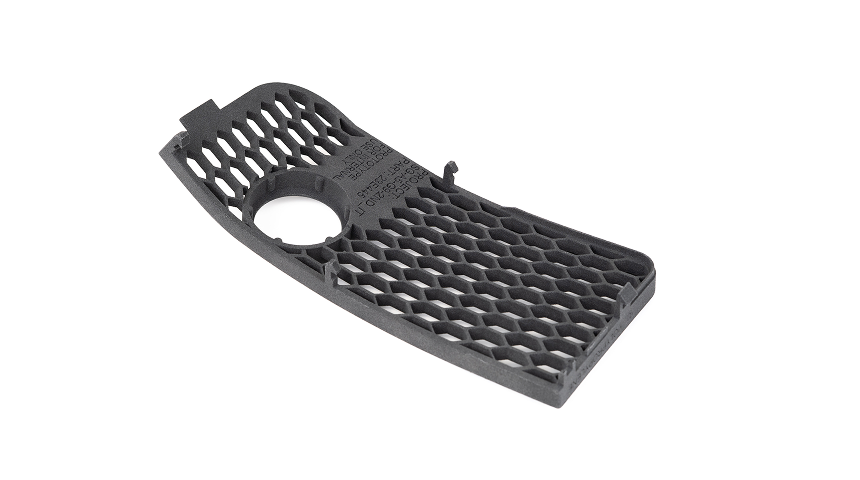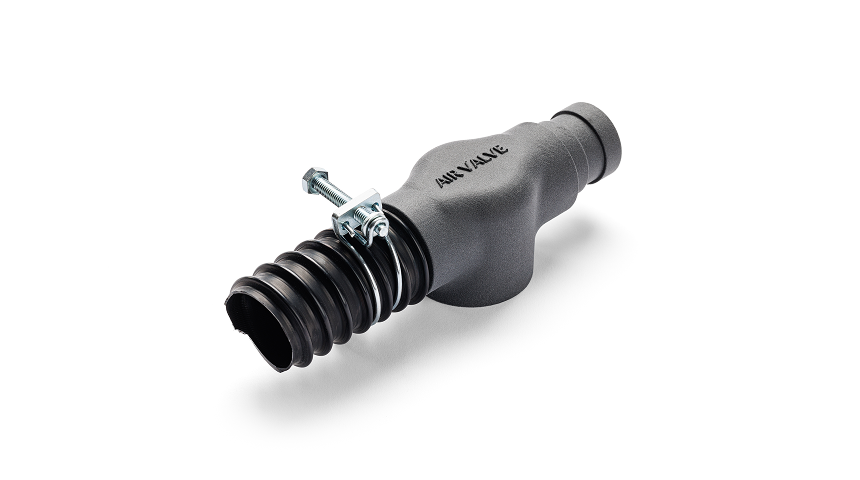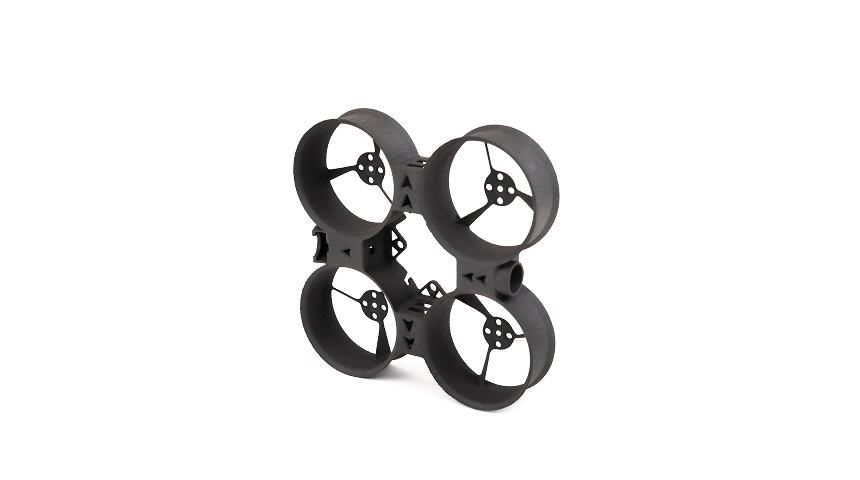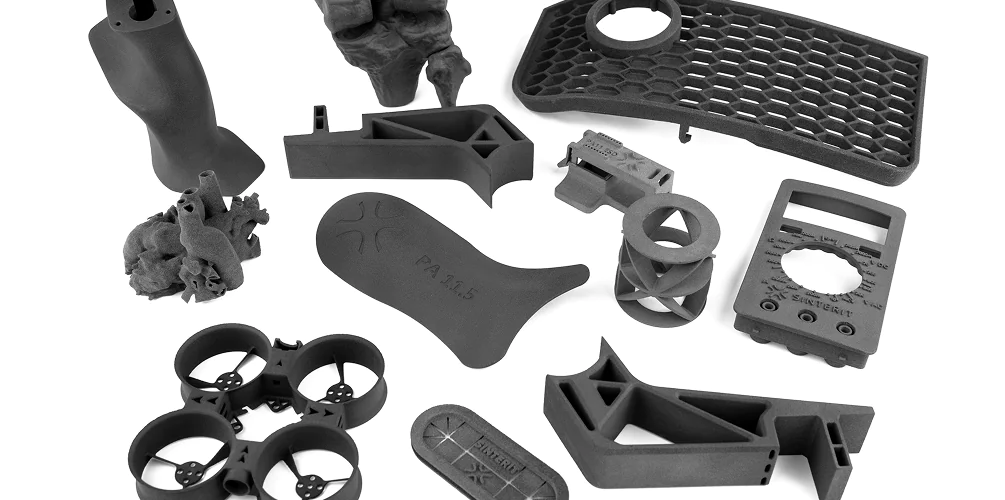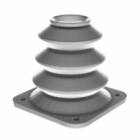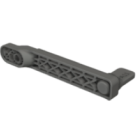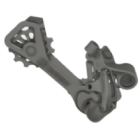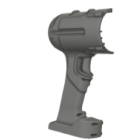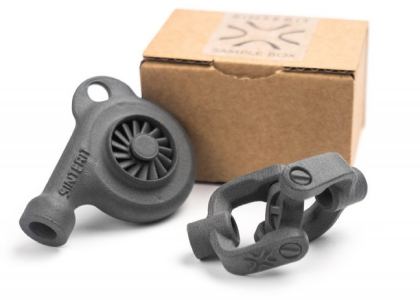3D Printers
SLS 3D Printers
Peripherals
Printers ecosystem
Customer Zone
Tool-free production
Manufacture without molds or tooling — perfect for short-run production and agile development.
SLS enables fast deployment of new parts and custom components without the cost, lead time, or rigidity of traditional mold-based processes. This is ideal for limited batches, design iterations, or product configurations that change frequently. Whether you’re building a test rig, bridge tooling, or even final parts, SLS puts production flexibility directly in your hands.
Zero stock strategy
Digitize your inventory and print what you need, when you need it.
With SLS, you can replace physical stockpiles with digital part libraries and produce components on-demand. This reduces warehouse costs, avoids obsolescence, and enables faster response to unexpected needs. It’s especially powerful for legacy machinery, regional customization, or spares for niche products.
High mechanical performance
Print with PA12 Industrial or PA11.5 for strength, resistance, and longevity.
SLS materials offer mechanical properties close to injection molding — with excellent resistance to wear, impact, and environmental stress. That makes them suitable for real-world use in tools, housings, brackets, or functional assemblies. Your printed parts don’t just look good — they last.
Integrated Industry 4.0 support
Sinterit provides tools and open interfaces that make it easy to integrate our printers into Industry 4.0 environments. Rather than a closed ecosystem, we give manufacturers the APIs, monitoring options, and data outputs needed to connect with MES, ERP, and traceability systems. This approach lets customers build automated job scheduling, production data logging, and cost-per-part analytics on top of their existing infrastructure. It’s a flexible way to scale SLS alongside your digital factory setup.
SLS (Selective Laser Sintering) is a professional 3D printing method where a laser sinters powdered material into solid, durable parts — layer by layer — without the need for supports or molds.
Yes. There are no upfront tooling costs, no minimum order sizes, and parts can be produced directly from CAD — making it ideal for agile, small- and mid-volume production.
Absolutely. With materials like PA12 Industrial, PA 11.5, and PA11 CF, SLS delivers parts suitable for mechanical use, wear resistance, and real-world performance.
SLS offers better mechanical strength, surface quality, and dimensional repeatability. Unlike FDM, there are no support structures and no visible layers. Compared to MJF, SLS allows greater material flexibility and easier switching between jobs.
Yes. SLS is perfect for printing custom tooling that would be expensive or time-consuming to machine — including ergonomic jigs, alignment aids, assembly guides, and inserts.
You can run small to medium series of hundreds or even low thousands of parts, especially for components with high customization, variable geometries, or short lifecycles.
With printers like the Lisa X, you can print full trays overnight — up to 14 cm/h in Z height — and have parts ready the next day.
Minimal. Unlike FDM or SLA, SLS doesn’t require support removal. Most parts just need powder cleaning — optionally followed by vapour smoothing or dyeing.
Yes. Sinterit systems support up to 10 materials, and switching between them is fast — no full disassembly required. Perfect for varied production runs.
Yes. Sinterit’s ecosystem includes API access, usage monitoring, and integration with production software — ideal for automated or scalable operations.
Yes. One of the key advantages of SLS is its efficient use of materials. Unsintered powder can often be recycled and reused in new prints, which significantly reduces material waste compared to subtractive manufacturing methods or single-use casting tools. In addition, SLS can even utilise certain rejected materials from other technologies — such as used MJF powder — giving them a second life while still delivering high-quality results.
Sinterit systems are designed for easy onboarding. Engineers, operators, or designers typically become self-sufficient after a short training session.
From drone manufacturers and automotive suppliers to consumer electronics and medtech startups — SLS is widely adopted where flexibility and speed matter.






